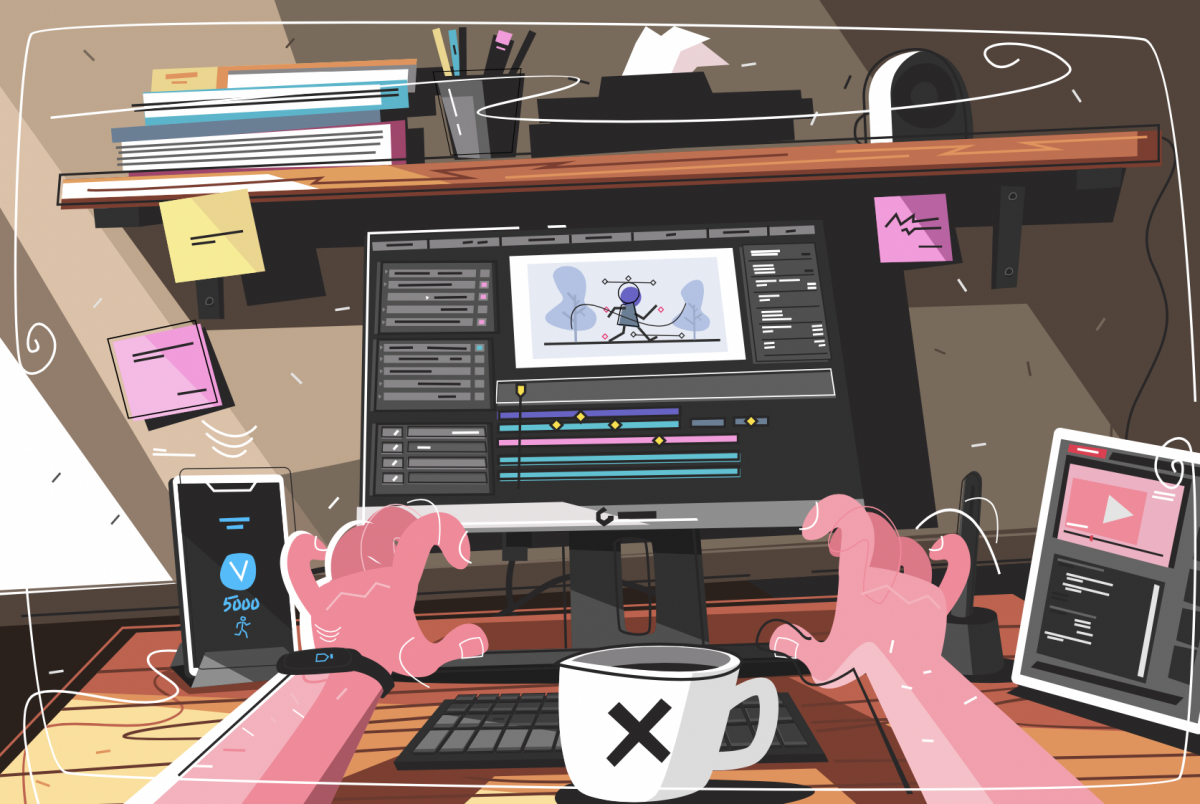
Biren Ghose

The animation & VFX industry has been at the prime intersection of technology and content for several decades. Innovations in the space often outpace the rate of adaptation.
Creative First is delighted to announce a conversation with Biren Ghose, animation evangelist for India and Country Head, Technicolor, India – one of the largest players, in the world, in the animation and VFX industry.
Biren shares, in the conversation, his experience, expertise and views on the current landscape and future trajectory of a growing $270 billion industry. From the economics to the operations to policy that impacts the industry, the conversation is an enlightening one for not just existing players in the business but also for those looking to take the step into the wonderful world of animation and VFX.
With the lens focussed on the local Indian market, Biren shares how India, in relative to growing markets, still an underserved and nascent market for animation and VFX. Unlike traditional films, where geographical and cultural differences create barriers in relatability, animation circumvents them. A cartoon character for example has global adaptability.
The same characters and broad stories being presented in different languages still retain as much relatability in India as they do in Japan or New York and that’s the beauty of animation.
Interestingly, the global adaptability translates not just to visual media but to a broader, and highly scalable potential – lifestyle and branding built around content. Animation and VFX based enterprises see content account for only a percentage of total revenue that their developers generate. Merchandising, licensing, events result in significantly higher revenue generation for these properties than traditional film. Take any character from the Marvel or DC Universe, or even Pokemon for that matter – the revenue is a gigantic cumulation of cartoons, movies, television shows, video games, mobile games, t-shirts, action figures, comic books – you get the idea. The list goes on.
The potential of an idea in the space that can find the perfect combination for creativity, technology and marketing is unfathomable.
On the subject of the process and creativity, Biren stresses on the complexity of not just crafting the perfect story but also executing it. Each frame requires 14 highly developed skills working in tandem to create something of note. These 14 processes are executed with cutting edge technology. Animation extends to advertising and the video game industry as well. Biren highlights, that animation is a medium for kids is a common misconception perhaps led by the traditional and very early days, of the industry . Video games today are a huge market for adults as well and this is simply the result of content being developed to serve their needs. Not to mention that gaming has in the last decade transitioned into revenue generators for individual gamers as well. And not just gaming tournaments but also by monetising “viewers” of online gaming sessions – a form of content consumption growing at a rapid pace.
Shifting gears to policy and education, Biren makes a pertinent point on the current state of affairs by sharing an anecdote. Surprisingly, he highlights that art schools in India don’t use digital tools. Ironic, since the primary tool in the industry, which these students hope to join, is an iPad.
Biren also speaks of the evolution of ABAI – and the development of a more inclusive AVGC – the animation, visual effects, gaming and comics industry which is now the governments nodal body that provides grants to the industry. With the AVGC, Biren has now led an effort that originally started with 7 colleges, is now at 27 and has a vision to encompass 200 where digital tools are integrated into the curriculum so students aren’t faced with a difficult transition while entering the professional workspace.
Biren has also been a huge proponent of gender diversity and inclusion of women in the industry. His vision is to have 1000 women as part of the Technicolor family in the near future.
To sum things up, Biren sees a huge growth in the sector with policy and efforts aligning to support the industry. View the video for the details of the conversation .